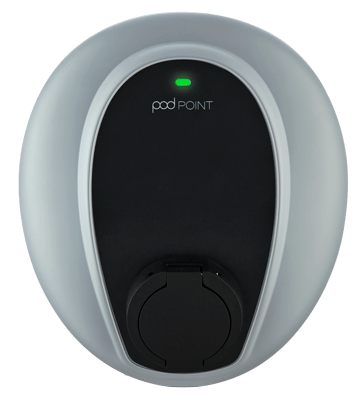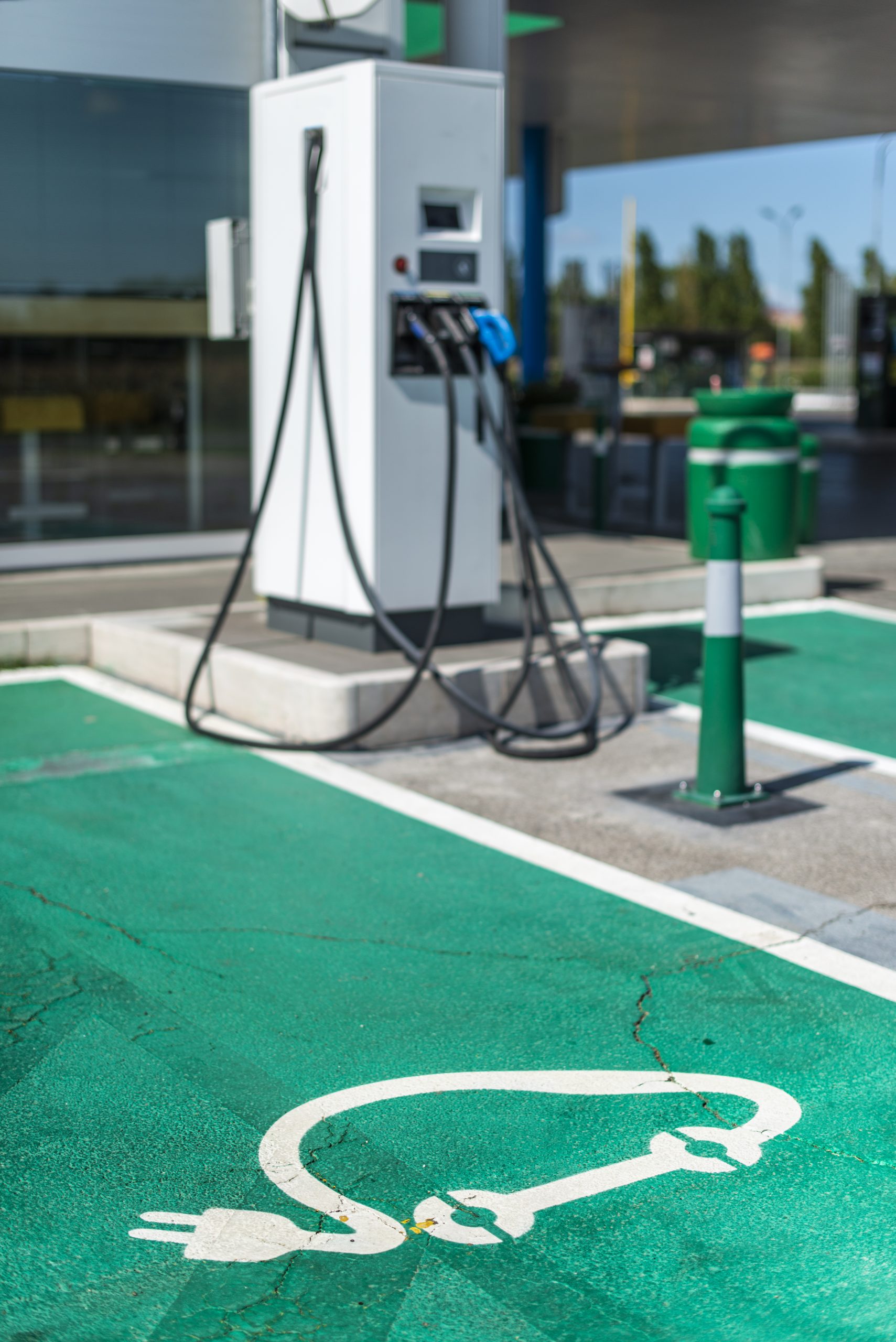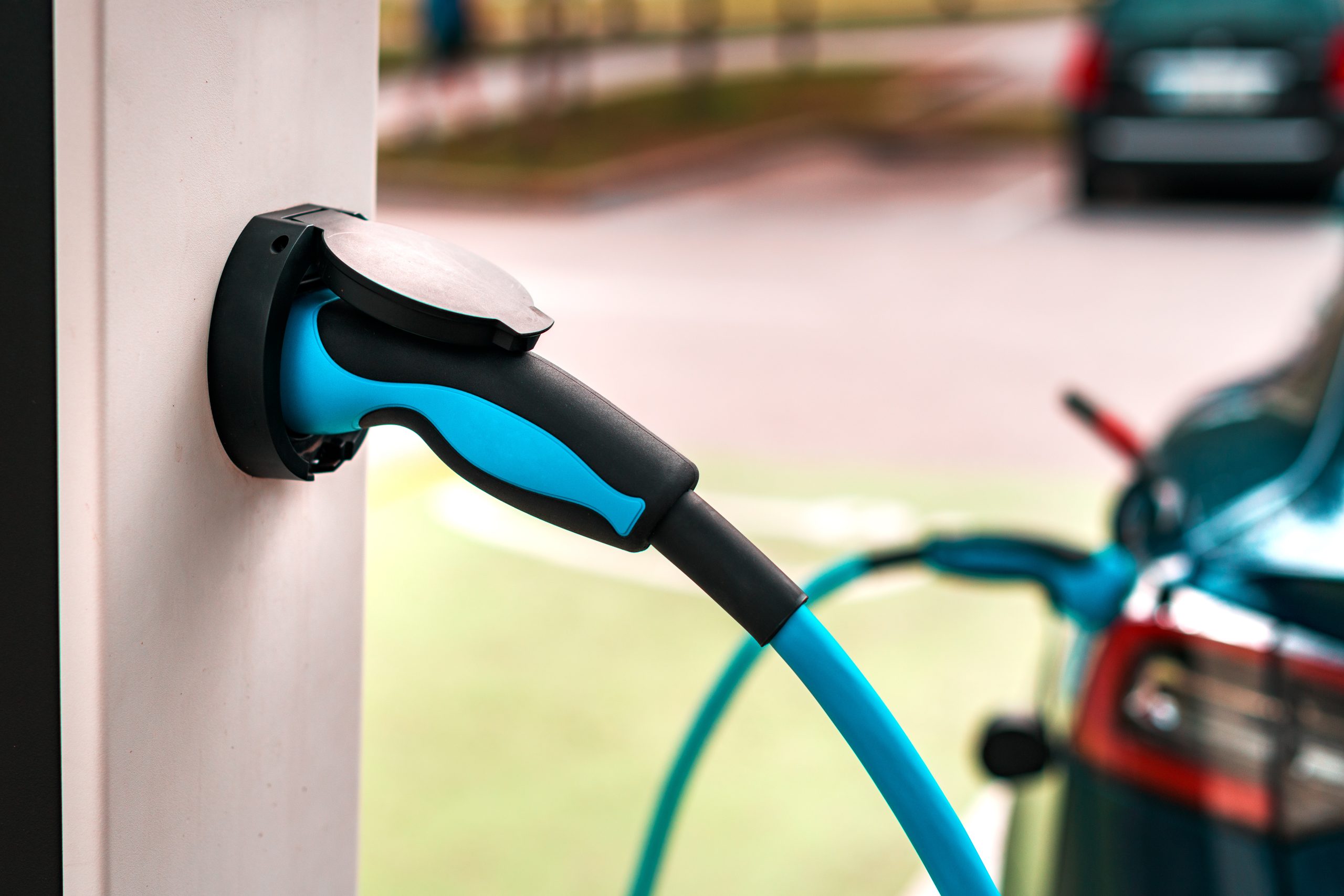- 3.6kW & 7kW
- 330mm x 290mm x 167mm
- Not Solar Compatible
- Tethered or Untethered
- 3.5kg
- Black/Grey
- Not EV Tariff Optimsied
- Not V2G Compatible
*Price may vary based on type of installation, area and availability. See our ‘Standard installation‘ guide for more details.
Pod Point Solo 3 Installers
POD POINT SOLO 3 EV CHARGER REVIEW
Pod Point Solo 3 Specs
POWER OUTPUT
The Pod Point comes in three versions, each with different power ratings:
- 3.6kW Solo 3: Charges 3.6kW on a 16A supply (14 miles of range per hour)
- 7kW Solo 3: Charges 7kW on a 32A single-phase supply (24 miles of range per hour)
- 22kW Solo 3: Charges 22kW on a 3-phase supply (60 miles of range per hour)
CONNECTOR TYPE
The Type 2 cable is a long 7.5m, while the Type 1 is a much shorter 3.8m.
SIZE
The untethered unit is 290 x 330 x 167 mm, while the tethered one is slightly larger to accommodate the socket. However, the tethered model is thinner at only 112mm.
While larger than some models, the base doubles as a cord hook, and the cord can neatly wrap around the base.
DESIGN (INCLUDING COLOUR OPTIONS)
Pod Point Solo 3 has changed from a round base to an oval one. Overall, it’s a sleek, more modern look. The silver and black case is simple, with nothing more than a small indicator light and subtle branding.
The case is now polycarbonate, making the unit much tougher than its predecessor. The unit sits firmly on the wall and is impact resistant. It has a 54 IP rating, making it weatherproof and suitable for outdoor charging.
While the Solo 3 lacks a control screen, the indicator light will give you information about the status of the charge. The indicator light seems almost overly simple, given the size of the case they had to work with.
The information you can get from the colour and flashing vs. solid light will tell the user:
- If it is charging (solid green)
- When the battery is full (flashing green)
- When the charger is in standby mode (solid blue)
- When the charger is syncing with the Pod Point app (flashing blue and pink)
- When the WiFi is disconnected (solid white)
- When the charge is paused or the charger is balancing the current (solid yellow)
- When it is a scheduled charge time, and the unit is waiting to be plugged in (flashing yellow
- When there is an error (red- either solid or flashing, depending on the error type)
CONNECTIVITY
A solid WiFi connection is required in order for all the smart programs to work. You will need to enable 2.4Ghz on your WiFi router, as the charger does not work with 5Ghz. Most routers will have both options available.
The charger will work without a WiFi connection or being set up. However, when installing the device, you’ll want to set it up via the app to unlock all the essential features. Once you have a Pod Point account, enter the details found on the sticker on the bottom side of the charger!
EARTH ROD BUILT IN?
The Protective Multiple Earth (PME) system will deny the charge cycle and protect the vehicle when a fault is detected. It achieves this by acting as a double-insulated device.
It adds further protection with 6mA DC vehicle fault protection, requiring only Type A RCD/RCBOs at the source. Lastly, max supply limits can be set easily using the DIP switches.
WHO ARE POD POINT?
Working with Audi, Nissan, Volkswagen, and Hyundai, they install home charging for new car owners.
POD POINT SOLO 3 EV TARIFF INTEGRATION
The app does not allow you to set price caps, but you can work around this with appropriate scheduling.
SOLAR INTEGRATION
CHARGE SCHEDULING
The schedules will override the default settings, which is to charge the car whenever it is plugged in.
A feature that is missing that has been helpful with other chargers is a power mode or boost charging.
Without this feature, there is no easy way to override the schedule if you need to charge your car in a hurry and don’t want to wait for the scheduled time. Instead, you’ll need to go in and turn off the schedule you’ve set up.








